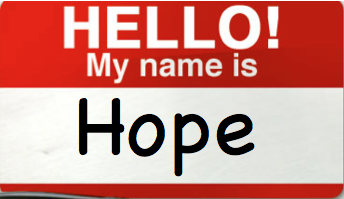I applaud the publication of the latest StartupAUS Crossroads Report. You can download a copy here.
It pulls the complete Australian tech startup ecosystem together into 182 pages.
It’s powerful because running through it, almost like startup DNA itself, it is a focus on action.
The Crossroad report outlines using numerous examples, that a key success requirement is to create and ship value early. As an early growth company ourselves, we know that success comes from focused commitment and a strong belief in our vision, something we know all successful startups share.
At Digivizer, we chose to develop new technology and then deploy that technology to the benefit of our customers early and do so without undue reliance on external investment. If you primarily bootstrap as we did, it keeps you keenly sharp and ensures a deep focus on delivering customer value and fit to market. You must stay “on point” as revenue must pay for your people and growth.
Perhaps the greatest benefit of this report is the focus it brings to where Australia sits in the world tech startup ecosystem. We must take our skills and smarts globally, because we represent just 0.33% of the world’s population. Some of these observations are more sobering, but as we say at Digivizer, everything starts with data. So, for example:
- on ranking, Sydney (as the Aussie representative) is ranked 6th for talent (good!), but only 20th for performance, with its growth index second-lowest (just ahead of Moscow – less good!)
- with the South Korean government funding an AU$4 billion fund to support accelerated startup growth, Australia’s Federal Government commitment of AU$1.1 billion as part of its National Innovation and Science Agenda compares reasonably – but is still less than our Asian peers
- revenue per employee is greater at Atlassian than for the entire Australian mining, tourism and agriculture sectors combined. Apple’s is four times Atlassian’s
- Australia is last, or close-to-last, for measures of software companies in national top-50 lists, exit volumes, economic complexity, city start-up destiny, and angel investment per capita
Crossroads provides 14 recommendations, all worthy of action. As companies and individuals, we also have a responsibility to ourselves, our employees, customers and our investors, to continue our own actions, and be responsible for driving our own success.
No-one will reward any of us for saying, “we wanted to wait until the tax breaks were better” or “I needed funding to be successful”. Our view is funding helps accelerate growth. Good ideas, coupled with focus and action will fund themselves and attract that additional funding to accelerate.
In addition to the 14 recommendations made by StartupAus, here’s a complementary action plan:
- be clear on what your proposition is. Be flexible as you move forward, but stick hard to your vision
- don’t create something better – create something different
- by all means focus on a local market to start with – but have the world in your sights right from the start. That’s where your real markets lie
- create value as soon as you can, something a customer is prepared to pay for then keep building from there – it’s great for cash flow
- attract and hire great talent from wherever you can find it (we note the report’s recommendations about visas)
- investors are your friends, but there’s always a deal to be struck – don’t give too much away too soon
- give your team permission to experiment, but do so within your strategy
Whatever you do, a good idea is not enough. Ensure focused action.
This article is also published on LinkedIn.
(Disclosure: International Towers and Microsoft, partners of this report, are customers of Digivizer)







